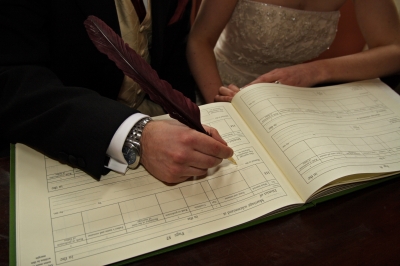Canada and the United States each have their own trademark registers and set of trademark laws. For this reason, a trademark that is registrable in Canada may not be registrable in the United States and vice versa.
In the United States, specimens showing actual use of a trademark are required to maintain your trademark on the register. These specimens can come in many different forms but often include photographs of the goods displaying the trademark or advertisements for services displaying the trademark. In Canada, specimens are not generally required to show use. In some cases, a specimen may be requested by an Examiner to help the Examiner understand the nature of the goods and/or services associated with the trademark.

In the United States, there are two federal registers, a principal and a supplemental register. The supplemental register provides limited trademark protection for trademarks that are descriptive of their goods or services or considered to be the name or names of a person. A trademark on the supplemental register may be moved onto the principal register if it can be shown that the trademark has become distinctive. In Canada, there is only a single trademark register. A trademark that is descriptive of its goods or services can only be registered if it can be shown that the trademark has acquired distinctiveness.
In the United States, trademarks can be registered at the state or federal level depending on where the trademark will be used. In Canada, trademarks are only registrable at the federal level. Use in a single province or territory is sufficient to maintain a trademark on the register.
Canada offers Official Marks to qualified owners. In order to qualify to hold an official mark, the owner must be considered a public authority in Canada and the government must have a significant degree of control over the owner of the official mark. In the United States, there is no corresponding type of trademark to the Official Marks of Canada.

